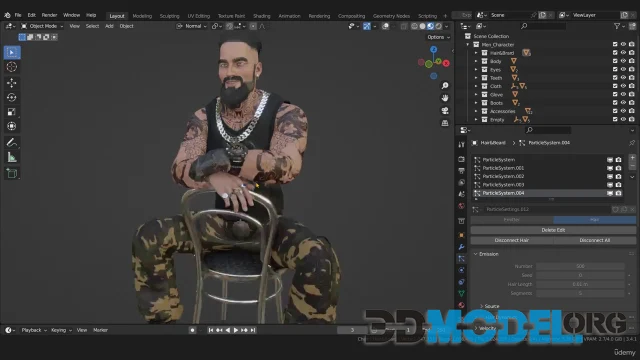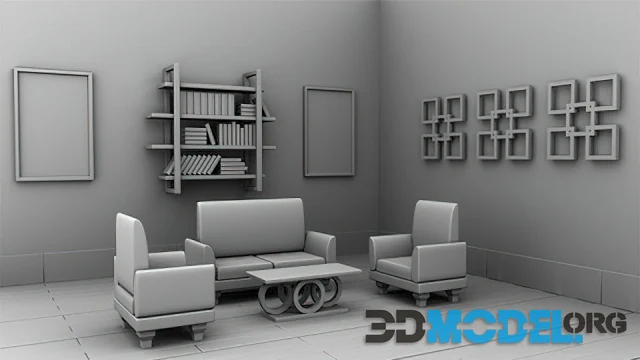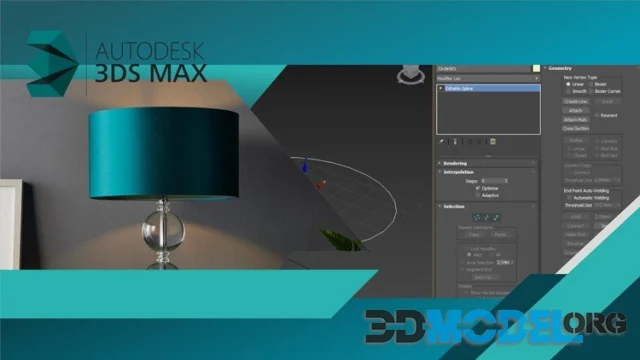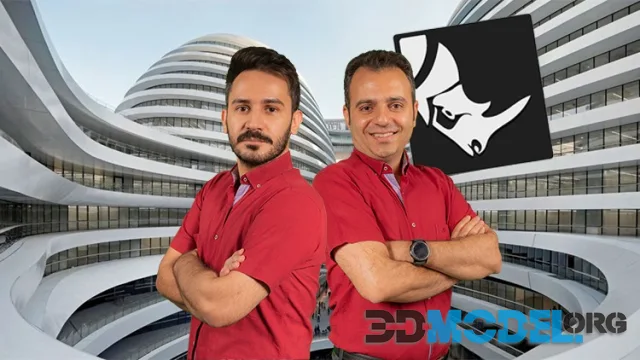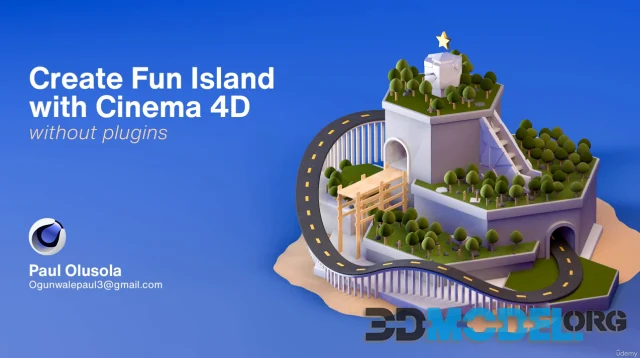The Role of Artificial Intelligence in Modern 3D Modeling and Animation
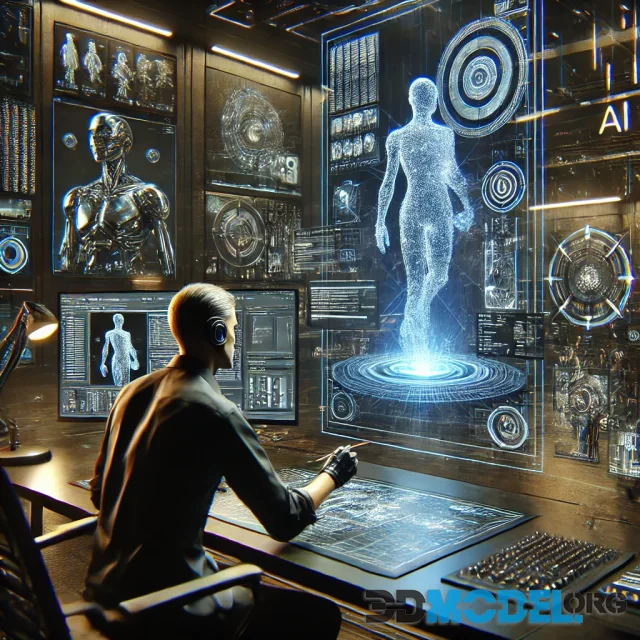
In recent years, artificial intelligence (AI) has transformed from a futuristic dream into a crucial tool that has significantly altered the approach to 3D modeling and animation. Thanks to AI, the creation of complex and detailed models, as well as the refinement of animations, has become a faster and less labor-intensive process. In this article, we will explore how AI has revolutionized modern 3D modeling and animation, and what future prospects it opens up for artists and developers.
Artificial Intelligence: A New Level of Capabilities
Modern AI technologies allow the creation of incredible works of art without requiring the author to have deep technical knowledge. Today, modeling and animation are becoming more accessible thanks to tools like generative neural networks and machine learning algorithms. These tools can predict and generate new forms, textures, and movements that were previously only achievable manually.
Generative Neural Networks: The Artist and Sculptor
Generative neural networks, such as GAN (Generative Adversarial Networks), have become a real breakthrough in the world of 3D modeling. These networks can create new forms and textures by learning from large amounts of data. As a result, the artist gains a powerful tool that can offer thousands of variations of the same object, allowing them to choose the most suitable option.
For instance, when creating realistic characters or complex landscapes, neural networks can generate various elements such as body shapes, facial features, skin textures, or the surface of rocks. This significantly speeds up the workflow, leaving more time for creative experiments.
Automation of Routine Tasks
AI has also played a significant role in automating routine tasks, enabling artists to focus on the more creative aspects of their work. AI algorithms can automatically retopologize models, eliminate texture artifacts, create animation cycles, and even predict the physical properties of objects.
Motion Prediction and Physics Simulation
One of the most impressive aspects of AI in animation is its ability to predict movements. By using data on the movement and behavior of characters, AI can automatically generate realistic animations. This greatly simplifies the creation of complex scenes involving multiple characters or objects interacting with each other.
For example, in battle scenes or active interactions between characters, AI can predict how each element of the scene should behave, making movements smoother and more believable. This allows the artist to focus on staging the shot and overall composition without being distracted by the detailed elaboration of every movement.
Artificial Intelligence and Realism
AI is also actively used to enhance realism in 3D modeling and animation. Through deep neural networks, which can analyze and process vast amounts of data, AI helps create more realistic textures, lighting effects, and even material behavior simulations.
Photorealism and Light Simulation
Creating photorealistic scenes has always been one of the most challenging tasks in 3D graphics. However, AI has greatly simplified this process by providing tools for simulating complex lighting effects. For example, deep learning technologies can analyze the behavior of light in the real world and apply this knowledge to 3D scenes, making them more realistic.
Moreover, AI can improve scene rendering by optimizing the computation process and reducing the time required to create a high-quality image. This allows artists to focus on details without worrying about technical limitations.
Application of AI in Animation
AI not only aids in model creation but is also actively used in animation. A prime example is the use of machine learning algorithms to create procedural animation. These algorithms allow for the generation of complex animation sequences without the need to manually program each movement.
Procedural Animation and Interaction with the Environment
Procedural animation is a technique where the movements of a character or object are generated based on certain rules or algorithms rather than being manually predefined. Using AI, developers can create animations that adapt to changing conditions in real-time.
For instance, if a character interacts with various objects in a scene, AI can automatically adjust their movements, making them more realistic and consistent with the laws of physics. This significantly simplifies the work of animators and allows for the creation of more dynamic and lively scenes.
AI in Character and Environment Creation
Artificial intelligence has not only revolutionized how we animate characters but also how we create them. AI tools can now assist in generating highly detailed 3D models with realistic textures and proportions, dramatically reducing the time needed to build a character from scratch.
Free download 3D people, creatures, characters - go category.
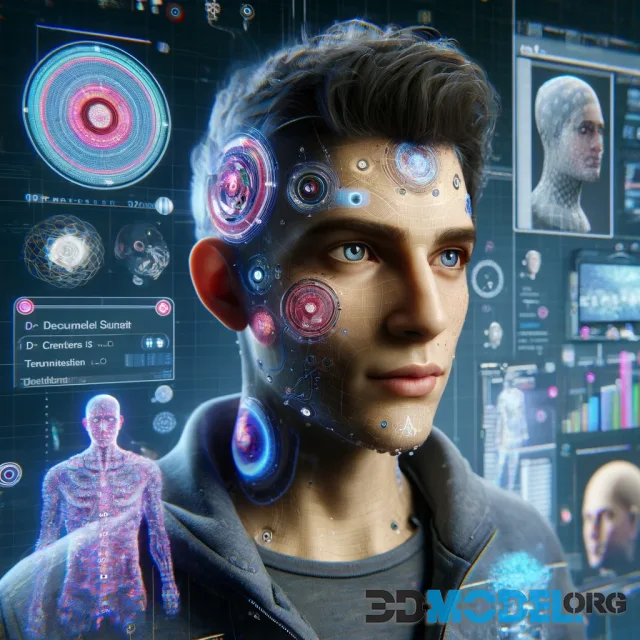
Facial Recognition and Expression Mapping
Facial recognition technology combined with AI allows for the creation of highly realistic facial expressions. By analyzing a database of human faces and expressions, AI can map these onto 3D characters, ensuring that their emotions are conveyed accurately and naturally. This is particularly useful in the gaming and film industries, where conveying character emotions is crucial to the storytelling process.
AI-driven facial mapping is not limited to static expressions; it also includes dynamic movements that change in real-time. Whether a character is smiling, frowning, or speaking, AI can adapt the model to reflect these changes, making the character appear more lifelike.
Prospects for AI in 3D Modeling and Animation
AI technologies continue to evolve, offering artists and developers ever more possibilities. In the coming years, we can expect even deeper integration of AI into the process of creating 3D models and animations. This will lead to the emergence of more complex and realistic virtual worlds, where every element is meticulously crafted.
Collaborative AI Tools
The future of AI in 3D modeling and animation may also involve more collaborative tools. Imagine AI systems that work alongside artists, offering suggestions and refinements in real-time. This kind of interaction could revolutionize how creative work is done, allowing for a more fluid and dynamic design process.
These AI systems could also learn from the artist's style and preferences, adapting to their unique creative process. This would allow for the creation of truly personalized tools that enhance, rather than replace, the artist's skills.
Advanced AI-Generated Textures and Materials
Another exciting prospect is the development of AI systems capable of generating highly detailed textures and materials. These systems could analyze thousands of real-world samples to create new textures that are indistinguishable from reality. Whether it's the roughness of a rock surface or the delicate patterns on fabric, AI could provide artists with an endless array of options to choose from.
Conclusion
Artificial intelligence already plays a crucial role in 3D modeling and animation today, allowing artists to create more complex and realistic works. Thanks to AI, the creation process is becoming faster and more efficient, leaving more time for creativity and experimentation. In the future, we can expect even deeper integration of AI into this process, leading to new revolutionary discoveries in the world of digital art.
The potential for AI in the creative industry is vast, and as these technologies continue to develop, they will undoubtedly open up new frontiers in 3D modeling and animation. The fusion of human creativity with machine learning could very well define the next era of digital art, where the boundaries between what is created by humans and what is generated by machines become increasingly blurred.
Ctrl
Enter
Noticed a misTake
Highlight text and press Ctrl+EnterRelated news:
Comments (0)

